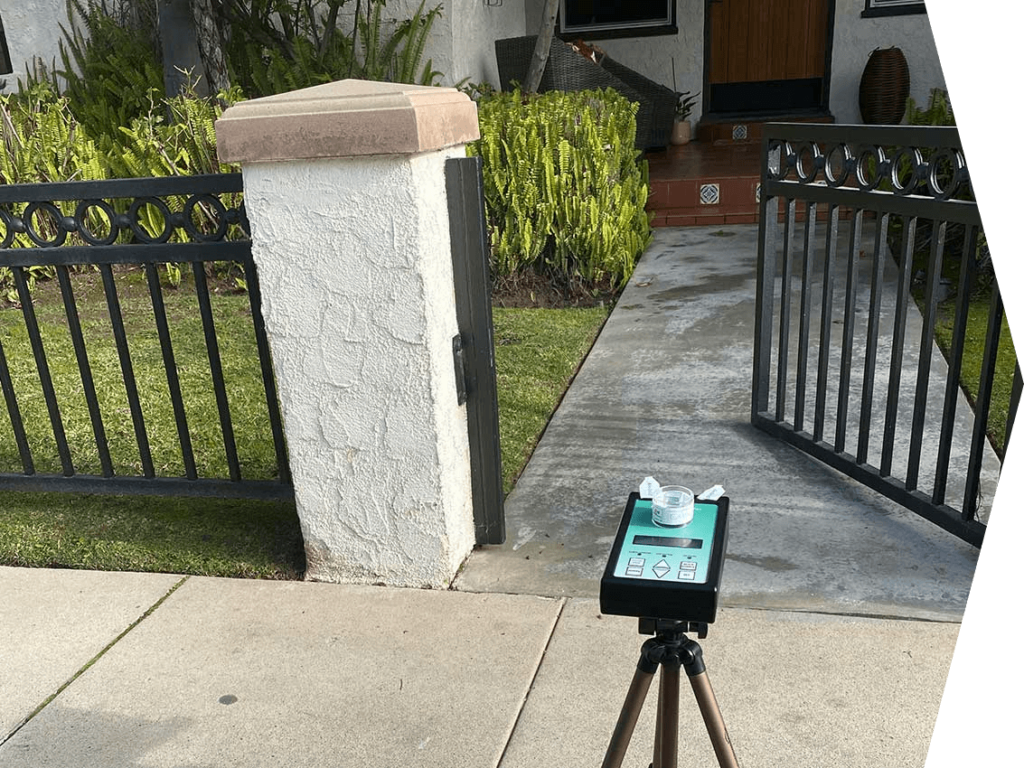ERMI Mold Testing
$485.00
ERMI stands for Environmental Relative Moldiness Index. It’s a DNA-based mold testing method developed by the U.S. Environmental Protection Agency (EPA) in the early 2000s to assess mold contamination in homes and buildings.
Unlike traditional air sampling or swab tests that only capture mold at a single moment, ERMI uses dust samples to detect mold DNA from 36 specific mold species, providing a historical snapshot of mold growth over months or years.
How ERMI Works:
- 1 Sample Collection
- A dust sample is collected from the home (usually via vacuuming carpets, furniture, or using a special swab on surfaces).
- The sample is sent to a certified lab (currently only Mycometrics or labs using their MSQPCR technology perform true ERMI).
- 2 DNA Analysis (MSQPCR)
- Mold-Specific Quantitative Polymerase Chain Reaction analyzes the dust for DNA from 36 mold species.
- These are divided into two groups:
- Group 1 (26 species): Water-damage indicator molds (e.g., Stachybotrys, Chaetomium, Aspergillus versicolor) — linked to damp buildings.
- Group 2 (10 species): Common indoor/outdoor molds (e.g., Cladosporium, Penicillium) — not necessarily from leaks.
- 3 ERMI Score Calculation
- The lab calculates concentrations (spore equivalents per mg of dust) for each species.
- ERMI Score = Sum of log(Group 1) – Sum of log(Group 2)
- Range: -10 to +20
- < -1: Low mold burden (similar to clean reference homes)
- -1 to +5: Moderate
- > +5: High mold burden (potential water damage)
- 4 When to Use ERMI
✅ Yes- Chronic health issues (fatigue, brain fog, respiratory) with suspected mold
- Buying/selling a home with water damage history
- Post-remediation verification
- Legal disputes over mold
❌ Not Ideal- Quick air quality check (use air sampling instead)
- Identifying active leaks (use moisture meters + borescope)
- DIY mold identification (hire a certified inspector)



